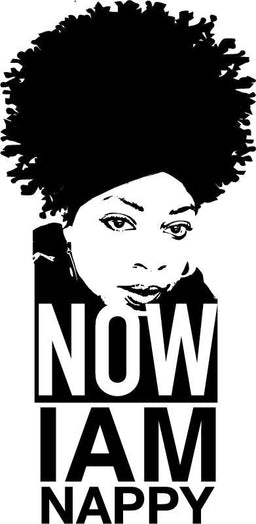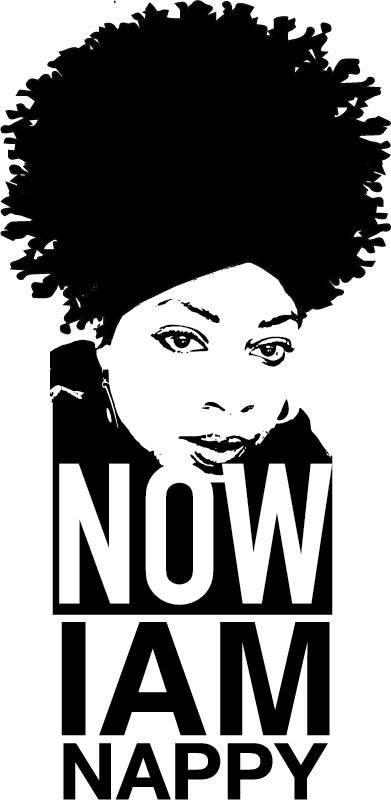We all want healthy hair, otherwise you probably wouldn’t be here reading this blog post. Therefore, in order to grow healthy hair, let’s begin with learning about the structure of hair so we can understand how to better achieve our hair goals. Let’s start with the hair shaft. The hair shaft is over 90% keratin which contains a combination of 18 different amino acids that we attain through our diet, with Cysteine having the highest concentration. Cysteine and Methionine are two amino acids that have high sulfur (S) content, thus making sulfur an important component of the hair structure and why some people use sulfur for hair growth. The other protein found in our hair is Collagen, formed by amino acid Lysine and works as connective tissue that binds the keratin together.
The hair shaft is comprised of three layers: the cuticle, cortex, and medulla, let’s look at them individually.

The medulla is a loosely packed, disordered region in the innermost layer of the hair shaft, it is not present in every hair shaft but can be seen in thicker strands. Scientists are uncertain about the exact role of the medulla; however, the medulla contains large amounts of mitochondrial DNA which is passed on from mother to child.
The cortex surrounds the medulla and contains the main fibrous mass and pigment (hair color) that make up the hair strand. It contains spindle-shaped keratin proteins and lipids which are held together by disulfide (S-S) and hydrogen bonds. These disulfide (S-S) bonds are formed from the sulfur (S) bond in Cysteine and assist in branching together two proteins. This core determines your hair strength, texture, and elasticity.
The cuticle is the outermost layer with flat, vertically layered cells that overlap like fish scales. The hydrophobic outer cuticle protects the hair follicles and manages the amount of moisture entering or exiting the hair shaft. This layer contains proteins and free lipids. There is an outermost layer of the cuticle, the epicuticle, which contains a lipo-protein membrane rich in cysteine and an endocuticle membrane also containing small amounts of Cysteine.
While doing my research it became very apparent that one of the most important factors in hair growth is linked to our diet, in particular, eating a variety of foods that contain all amino acids but especially foods rich in Cysteine. Listed below are some foods rich in Cysteine:
· Soybeans
· Meat- (Beef & Lamb have high Cysteine Content)
· Seeds and Nuts (Sunflower, Sesame, Chia, Pistachio)
· Poultry & Eggs
· Oats and Oat Bran
· Fish
· Legumes (Split Beans, Chickpeas, White Beans)
· Sprouted lentils
· Red peppers
· Garlic/ Onion
· Whole Grains (Kamut, Cous Cous, Quina Millet, Wild Rice)
· Broccoli
Do you plan to include more Cysteine rich foods in your diet?
Information regarding the structure of hair was formatted from these two peer reviewed journals:
https://www.ncbi.nlm.nih.gov/pmc/articles/PMC4201279/
https://pdfs.semanticscholar.org/6cf6/ef685ae1b7fc8df9c35ffd4dce39a5ef43ff.pdf


